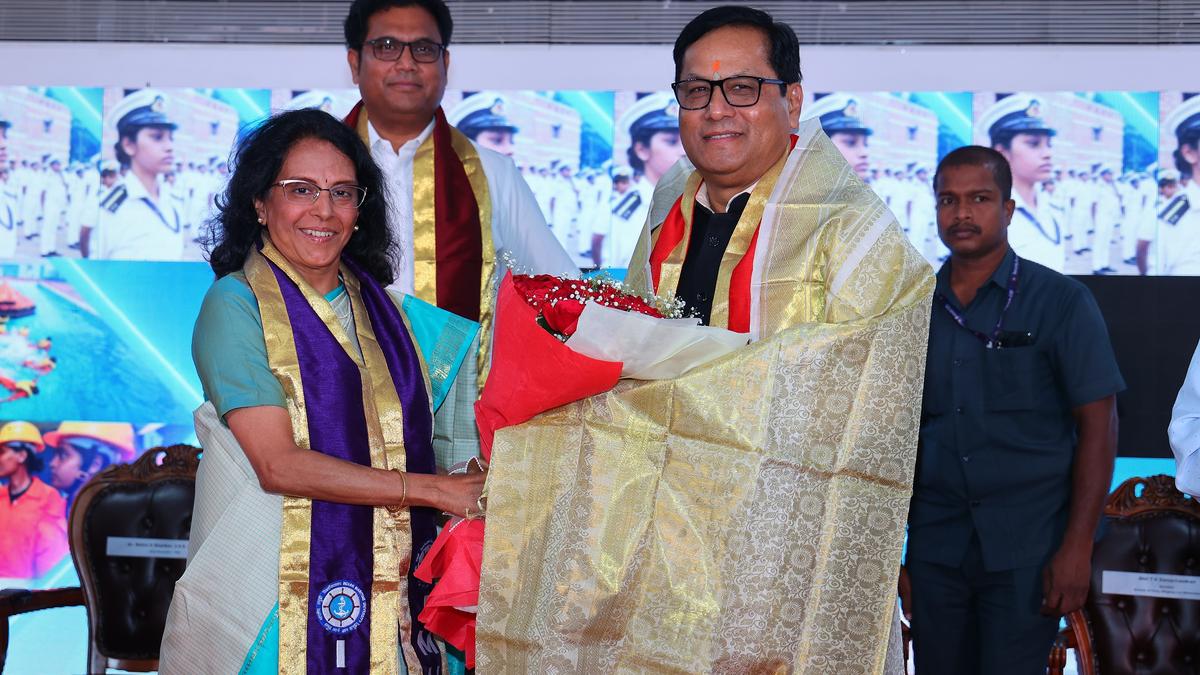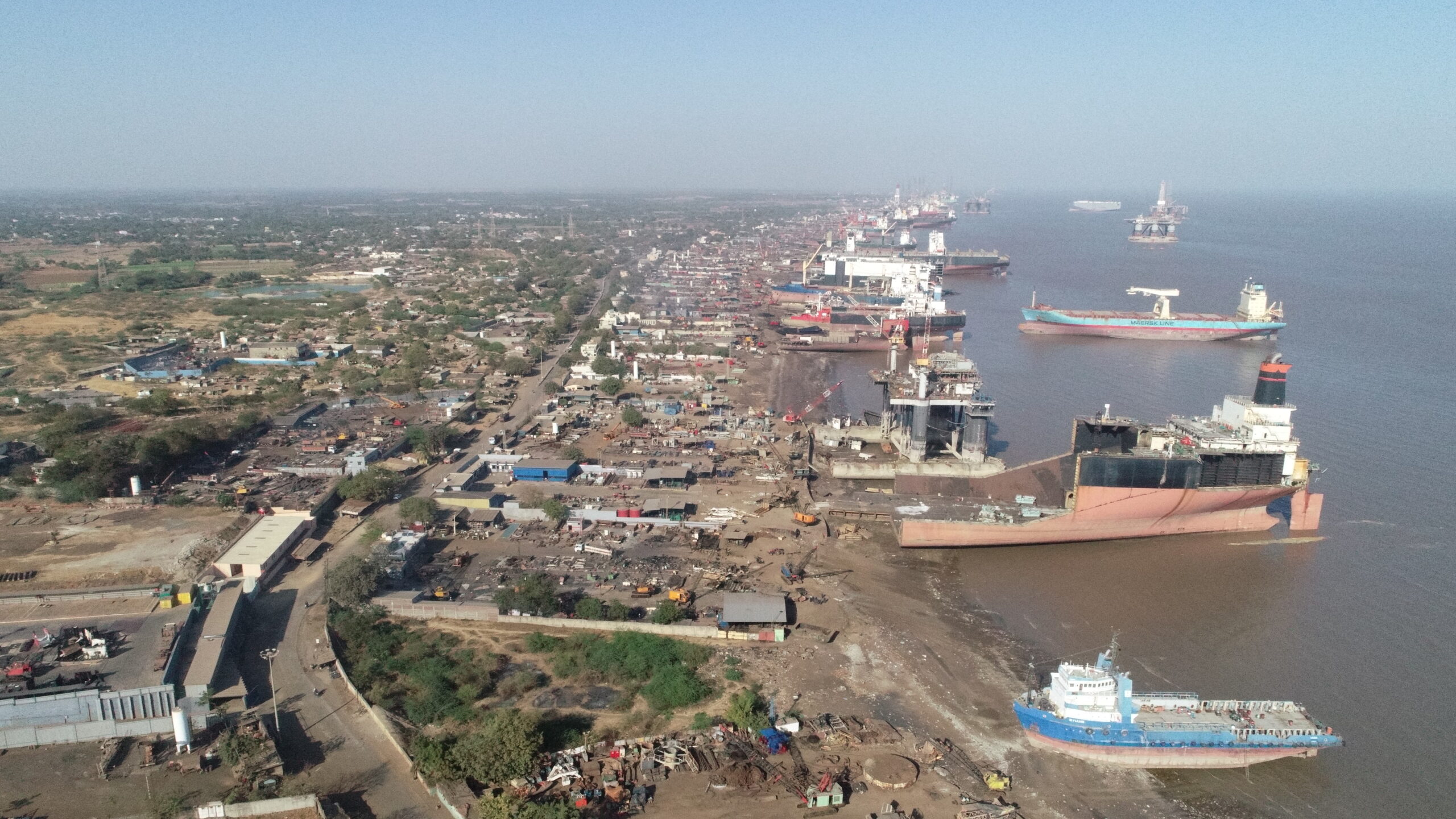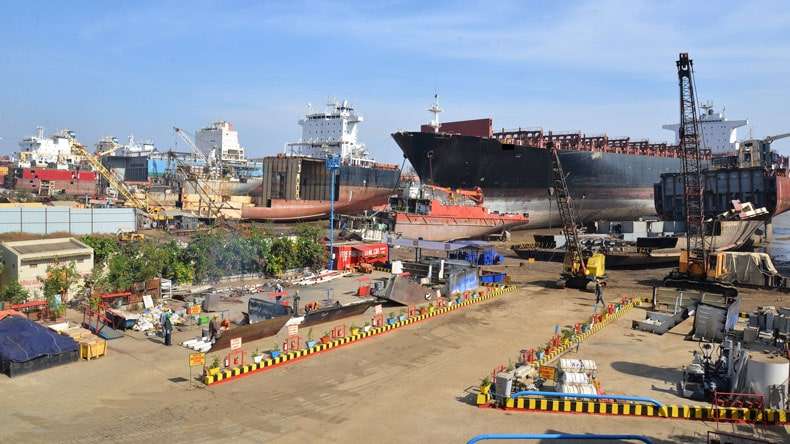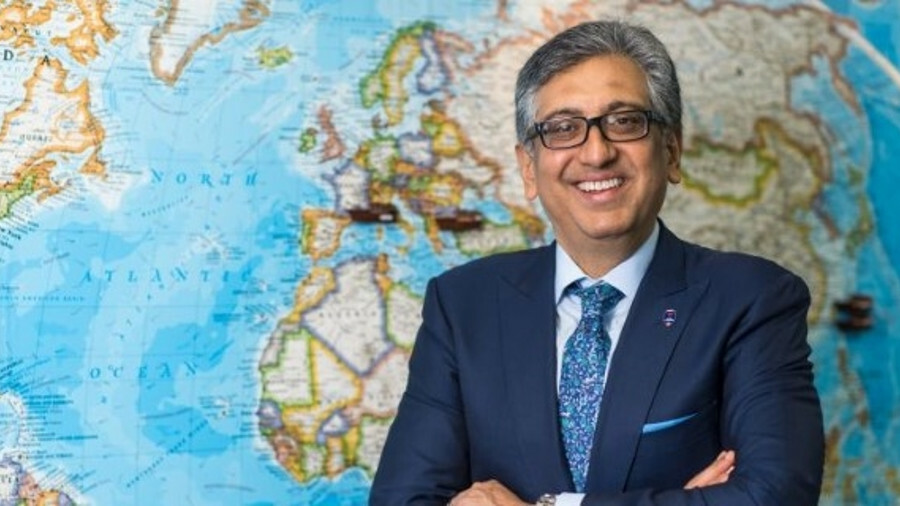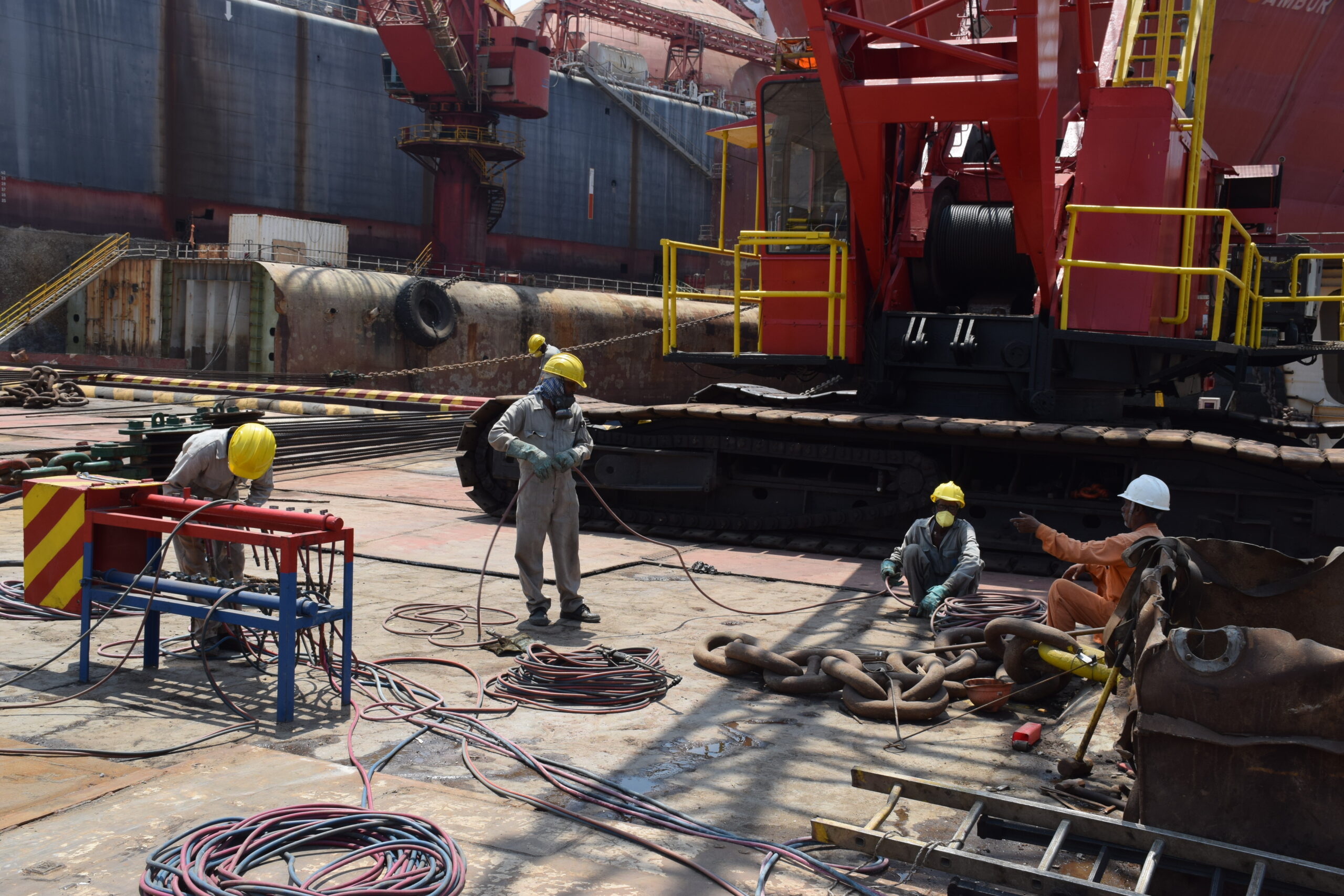Sonowal Opens Ship Technology Centre in Visakhapatnam: Pushes India’s Global Shipbuilding Ambitions
Chennai, Sept. 27 – Union Shipping Minister Sarbananda Sonowal on Friday inaugurated the Indian Ship Technology Centre (ISTC) in Visakhapatnam, marking a major step towards India’s bid to reduce dependence on foreign ship designs and rise into the world’s top ten shipbuilding nations by 2030.

The launch was announced during the 10th convocation ceremony of the Indian Maritime University (IMU) in Chennai, where Sonowal declared the centre a cornerstone of India’s “Maritime Amrit Kaal Vision 2047.” The government’s long-term plan seeks to position India as a leading global maritime power by strengthening design capabilities, industrial partnerships and skilled manpower.
“The country is embarking on a new era of maritime excellence,” Sonowal said, stressing the need to end reliance on overseas expertise in ship technology. “With ISTC, India will not just build ships, but also design them, innovate for the future, and stand on par with the world’s best.”
Located on the Visakhapatnam campus of IMU, the new centre has been conceived as a hub for indigenous ship design, advanced research and training. It is equipped with cutting-edge design software and tools, enabling engineers and researchers to develop modern ship models suited for Indian and global needs.
According to officials, ISTC will serve as a single-window service provider, offering consultancy, training, and policy inputs for shipyards, shipping companies, and government agencies. The centre will also work closely with the maritime industry to introduce advanced production processes, energy-efficient vessel designs, and green technologies that are expected to define the next era of global shipbuilding.
India’s shipbuilding industry, despite its strategic coastline and skilled workforce, has historically lagged behind East Asian rivals like South Korea, China and Japan. A heavy reliance on imported designs and limited investment in R&D left domestic yards at a disadvantage in both defense and commercial shipbuilding markets. The government hopes ISTC will address these gaps and attract new private sector participation.
The inauguration of ISTC was timed with IMU’s convocation ceremony, where 2,198 students received degrees across the university’s campuses and affiliated institutions. Among them were four doctorates, reflecting IMU’s growing focus on higher research and innovation.
Addressing the graduates, Sonowal urged them to “become the torchbearers of India’s maritime resurgence,” adding that skilled talent will be the backbone of the country’s transformation into a shipbuilding hub.
Shipping secretary T.K. Ramachandran noted that India’s shipping sector is undergoing unprecedented reform. “The Maritime Amrit Kaal Vision lays out an ambitious roadmap, and initiatives like ISTC are vital to achieving self-reliance and global competitiveness,” he said.
The event also brought Tamil Nadu into the spotlight, with state industries minister T.R.B. Rajaa highlighting fresh investments aimed at boosting the sector. He pointed to a Rs 30,000-crore investment announced by Cochin Shipyard Limited and Mazagon Dock Shipbuilders Limited for developing a massive shipbuilding complex in Thoothukudi.
“Tamil Nadu has some of the country’s best shipping talent, and we aim to make it the world’s best shipyard,” Rajaa said. He argued that such mega-projects, coupled with centres like ISTC, could make India a force to reckon with in global shipbuilding by the next decade.
Rajaa also used the occasion to push for the revival of the Buckingham Canal, a colonial-era waterway that runs through Chennai and once played a central role in inland water transport. He urged the Centre to integrate the canal into the national waterway network, arguing that restoring it could ease congestion, boost trade and revive local economies.
The canal was earlier proposed under National Waterway 4, but decades of pollution, encroachment and neglect have left much of its course unnavigable. “It is not just about heritage but about creating an alternative waterborne logistics corridor,” Rajaa said.
Responding to the appeal, shipping secretary Ramachandran admitted that serious challenges remain, but expressed optimism. “Yes, there are hurdles in pollution control, land management and dredging, but they can be resolved with coordinated efforts,” he said.
The inauguration of ISTC underscores the government’s renewed focus on maritime development as part of its broader economic strategy. Experts say that with global trade patterns shifting and demand for greener vessels rising, India must strengthen both its technological and industrial base to seize opportunities.
Maritime analysts believe that if India can marry its cost competitiveness with cutting-edge design and production, the country could expand its share in global shipbuilding markets significantly. “The ISTC is more than a centre—it is a signal that India wants to move from being a consumer of technology to a creator of it,” said a senior industry executive.
As the convocation drew to a close, the message from both central and state leaders was clear: India’s maritime future will hinge not just on building ships but on mastering the technology that drives them. The Visakhapatnam-based ISTC is expected to be the first of several such efforts to chart that course.
Author: shipping inbox
shipping and maritime related web portal




